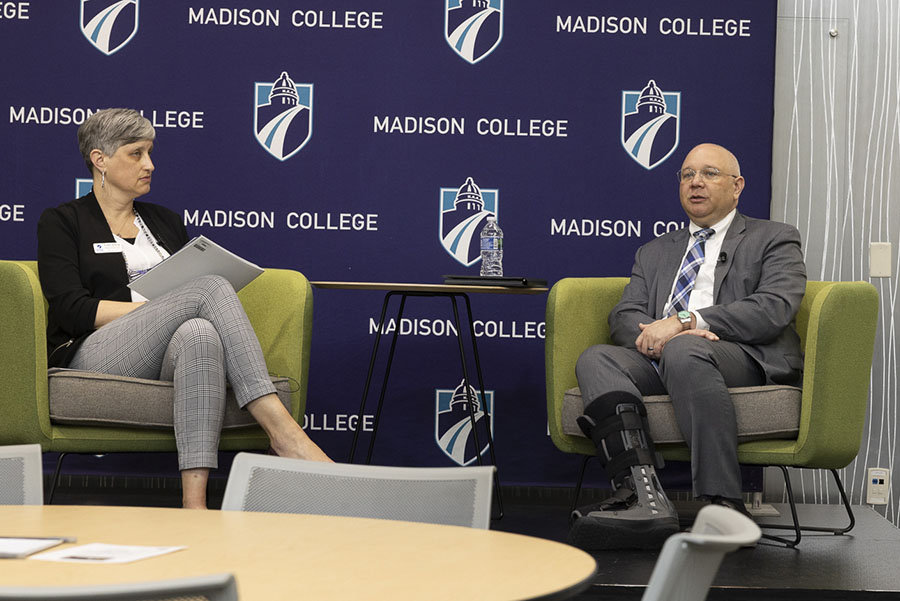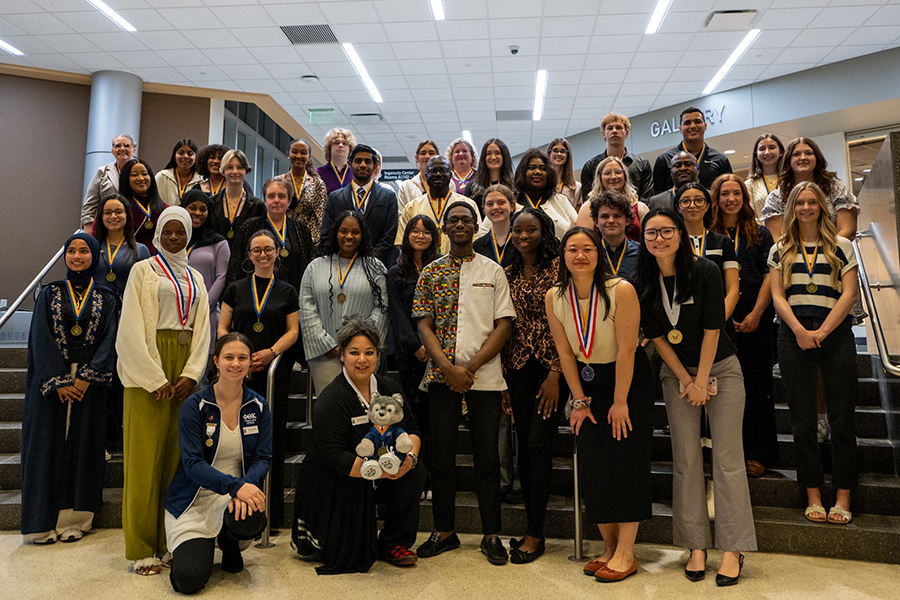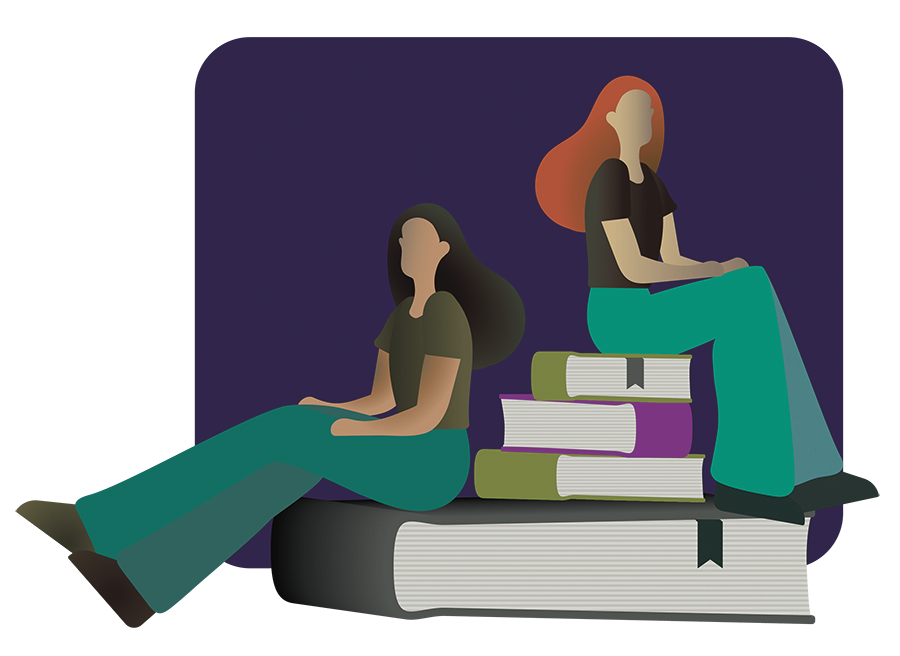Students Encouraged to Respond to Survey
February 17, 2016
The Student Satisfaction Inventory (SSI) has been utilized by Madison College for the last dozen years to provide direction for college initiatives related to retention, strategic planning and student services. It is usually implemented every two years. The last one was in 2014.
This year, the survey will be conducted from Feb. 22 through March 4.
Keith Cornille, Senior Vice President, of Student Development and Success, describes the survey as a benchmark. The college’s results are compared nationally to other two-year colleges.
The survey is run by the Ruffalo Noel Levitz Co., which compiles data from the surveys so the college can see how it fares against similar schools nationwide.
Sample survey may include the following:
- Are classes scheduled at times that are convenient for me?
- Is financial aid adequate for most students?
- Is your academic advisor knowledgeable about my program requirements?
- Does your instructor let you know early in the class if you are doing poorly?
The survey will take 20 minutes to complete and will be available online starting Feb. 22. A mobile app is available, but you may have problems viewing it on your device. Degree credit students will receive the survey through their school email. A computer kiosk will be available at all campuses for students to use as well.
Typically, the response rate of the survey for students 34 and under is almost three times as much as students who are 35 years or older. Older students may benefit by filling out the survey, if they feel services are lacking for their particular age group.
Cornille, explains that often, things that are flagged in the survey will promote further research into the issue. A good example he said is the recent change that the financial aid office implemented in the new book charge. Many students, who receive financial aid, were not able to buy books until first day of classes. The survey showed it was important to students to purchase books beforehand. So, now students have a two-week window to purchase books. This is one example of a positive outcome of the survey.































